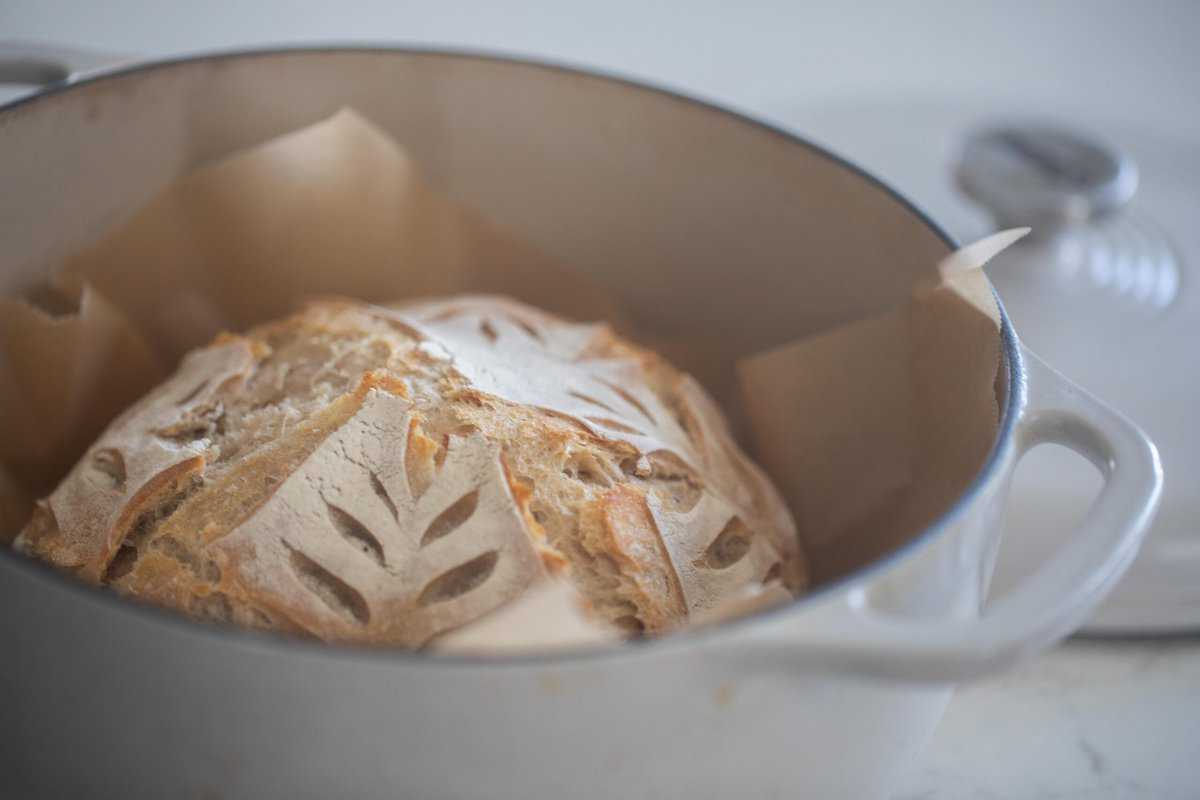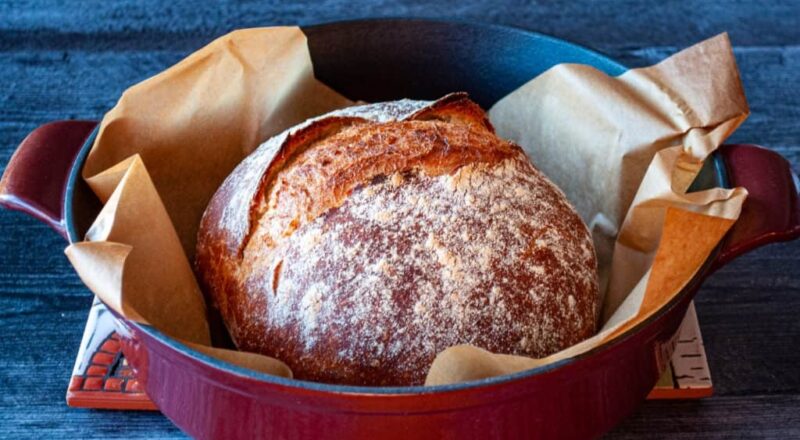As a kitchen professional, you might find yourself deliberating over the choice between a cast iron dutch oven or an enamel dutch oven. This is a common question that has a significant impact on your cooking experience. In this article, we will delve deep into the characteristics, benefits, and drawbacks of both types of Dutch ovens to guide you in making an informed decision.

Understanding Cast Iron Dutch Ovens
What is a Cast Iron Dutch Oven?
A cast iron Dutch oven is a robust, versatile, and heavy-duty cooking pot. It has been used for centuries, thanks to its ability to retain and evenly distribute heat.
Benefits of Cast Iron Dutch Ovens
Cast iron offers numerous benefits, including durability and superior heat retention. Here are some of the key advantages:
- Excellent heat retention and distribution
- Durability that can last for generations
- Versatility to be used on stovetops, ovens, and campfires
- Natural non-stick properties when properly seasoned
Drawbacks of Cast Iron Dutch Ovens
Despite its advantages, cast iron has some downsides:
- Heavy and cumbersome
- Requires regular seasoning to maintain non-stick surface
- Can react with acidic foods, affecting flavor
For more details on how to maintain your cast iron Dutch oven, you can visit this guide.

Understanding Enamel Dutch Ovens
What is an Enamel Dutch Oven?
An enamel Dutch oven is made of cast iron but features a protective enamel coating. This modern adaptation combines the benefits of cast iron with the user-friendly features of enamel.
Benefits of Enamel Dutch Ovens
Enamel Dutch ovens are favored for several reasons:
- No seasoning required
- Smooth surface that doesn’t react with foods
- Available in a variety of colors and designs
- Easy to clean
Drawbacks of Enamel Dutch Ovens
However, enamel Dutch ovens also have their drawbacks:
- Can be prone to chipping or cracking
- Generally more expensive than plain cast iron
- Heavier than other types of cookware
For more information on cleaning and maintaining enamel Dutch ovens, check out this article.

Comparing Cast Iron and Enamel Dutch Ovens
Weight and Handling
Both types are relatively heavy, but the handles on enamel dutch ovens are often more ergonomic, making them easier to handle.
Heat Retention and Cooking
Both retain heat well, but enamel can sometimes heat more evenly due to the coating.
Maintenance and Care
Cast iron requires seasoning, while enamel does not. However, both types need careful handling to avoid damage.
Cost Considerations
Enamel Dutch ovens are generally pricier than their plain cast iron counterparts.
User Perspectives
Many users love the durability and natural non-stick surface of cast iron, while others prefer the low maintenance and aesthetic appeal of enamel.
Conclusion
Both types of Dutch ovens have their merits and drawbacks. Your choice will depend on your specific needs and preferences. For more information on cookware, you might find [How to Measure a Dutch Oven](https://howtocleancastiron.com/how-to-measure-a-dutch-oven-2/) and [Why Dutch Oven Lids Have Spikes](https://howtocleancastiron.com/why-do-dutch-oven-lids-have-spikes-2/) helpful.
FAQ
1. Can I use a cast iron Dutch oven in the oven?
Yes, cast iron Dutch ovens are oven-safe and great for baking and roasting.
2. How do I clean my enamel Dutch oven?
Enamel Dutch ovens are easy to clean with soap and water. Avoid abrasive materials.
3. Do I need to season an enamel Dutch oven?
No, enamel Dutch ovens do not require seasoning.
As an Amazon Associate, I earn from qualifying purchases.

